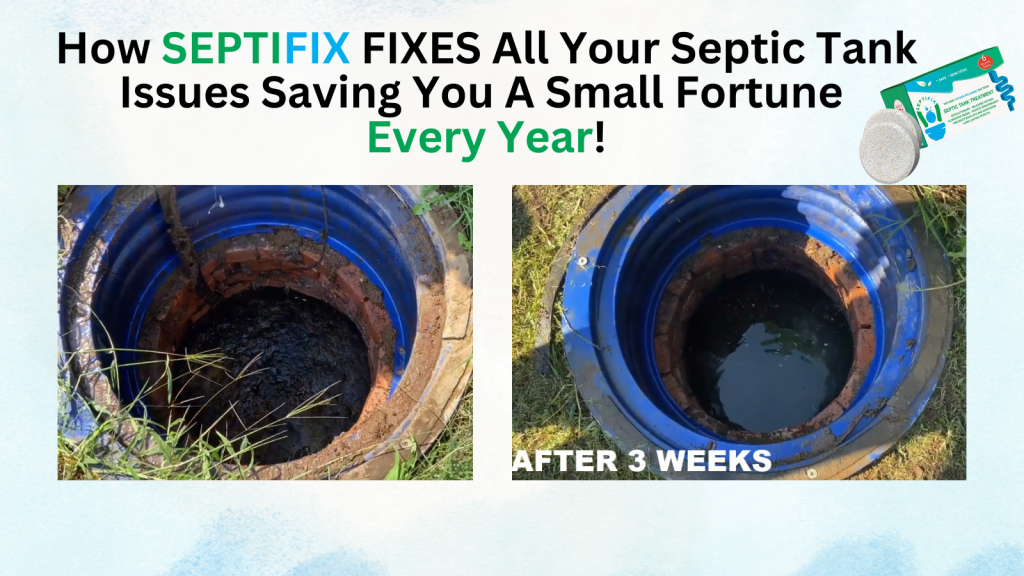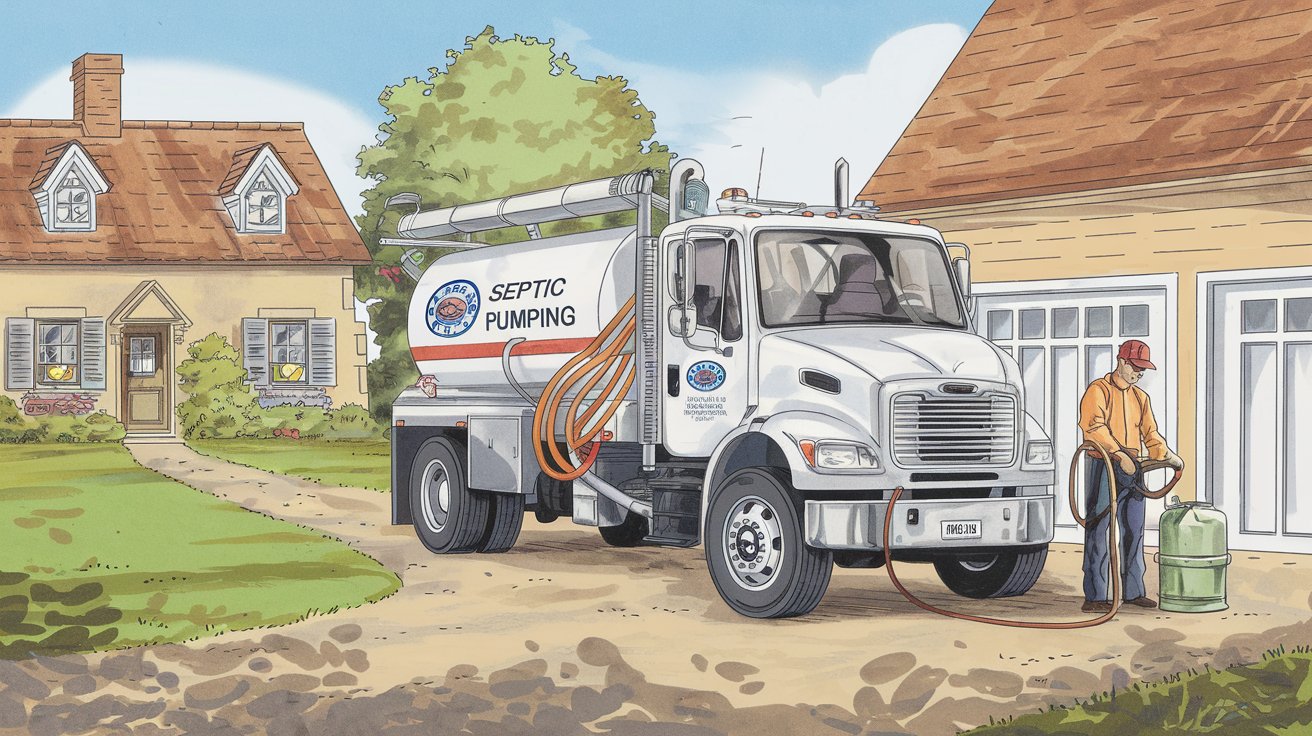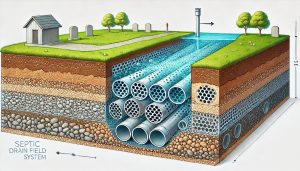Understanding what happens during a septic pumping service helps homeowners maintain their septic systems effectively. Regular pumping prevents costly repairs and keeps the system running smoothly. In this guide, we break down each step of the septic tank pumping process.
Septic systems play a crucial role in managing household wastewater. Without proper maintenance, issues like clogs, leaks, or system failures can arise, leading to expensive repairs and environmental hazards. Knowing what happens during a septic pumping service ensures homeowners can make informed decisions and schedule timely maintenance.
Table of Content
- Initial Inspection and Preparation
- Locating and Accessing the Septic Tank
- Measuring Sludge and Scum Levels
- Pumping Out the Tank
- Inspecting the Tank Components
- Final Maintenance Recommendations
- Post-Pumping Best Practices
- Common Mistakes to Avoid
- How Often Should You Pump Your Tank?
- Conclusion
- Septifix
- Septic Permit Links by State
Initial Inspection and Preparation
The service begins with an initial inspection. Technicians check for signs of damage or leaks around the tank area. They ensure equipment is ready and safety measures are in place. This step ensures that no issues will interfere with the pumping process.
Technicians may also review previous service records to identify recurring problems. Proper preparation reduces the risk of complications during pumping. Additionally, they might check nearby drainage fields for standing water or signs of improper drainage.
Learn more about EPA Guidelines for Septic Systems.
Locating and Accessing the Septic Tank
Technicians locate the septic tank using property records or specialized tools like soil probes and ground-penetrating radar. Once located, they carefully remove the tank cover to gain access.
Inaccessible or hidden tanks can delay the process. Homeowners are encouraged to keep tank lids visible and accessible. Sometimes, overgrown vegetation or landscaping features might obstruct access.
Measuring Sludge and Scum Levels
Before pumping, sludge and scum levels are measured using a sludge judge or similar tool. This assessment determines if pumping is overdue and helps evaluate whether solids are breaking down properly.
Excessive sludge buildup can cause blockages and backups. Accurate measurement ensures the tank is pumped at the right time. Skipping this step can lead to incomplete pumping and long-term system damage.
Learn about Proper Septic Tank Maintenance.
Pumping Out the Tank
A vacuum truck connects hoses to the septic tank and begins pumping out sludge, scum, and liquid waste. This process removes solid buildup that can clog pipes or leach fields.
Proper disposal of septic waste follows environmental regulations. Licensed service providers ensure waste is transported to authorized treatment facilities. During pumping, technicians monitor the process to ensure all waste is effectively removed without damaging the tank’s structure.
For more details, check out Septic System Best Practices.
Inspecting the Tank Components
After pumping, technicians inspect critical tank components:
- Inlet and Outlet Pipes: Checked for clogs or damage.
- Baffles: Ensure they are intact and functioning.
- Tank Walls: Look for cracks or structural issues.
Any damage detected is noted, and repair recommendations are provided. Early detection prevents costly replacements. The tank lid and seals are also examined for wear and potential leaks.
For more on septic inspections, visit National Onsite Wastewater Recycling Association (NOWRA).
Final Maintenance Recommendations
Based on the inspection, technicians offer tailored maintenance advice. Recommendations may include:
- Reducing water usage.
- Avoiding flushing non-biodegradable items.
- Using septic-safe cleaning products.
- Scheduling regular inspections.
These tips extend the lifespan of your septic system and reduce long-term costs. Following professional recommendations prevents frequent pumping and costly repairs.
Post-Pumping Best Practices
Homeowners play a crucial role in maintaining their septic system post-pumping. Key practices include:
- Scheduling routine inspections every 3-5 years.
- Spacing out heavy water usage throughout the day.
- Avoiding harsh chemicals or grease in the drains.
- Keeping accurate records of all septic maintenance.
Educating household members about septic system care helps maintain efficiency between services.
Learn about Water Efficiency Practices.
Common Mistakes to Avoid
- Ignoring regular pumping schedules.
- Using harsh chemicals that disrupt bacterial balance.
- Overloading the system with excessive water.
- Flushing non-biodegradable items.
Avoiding these common mistakes helps keep the system functional and prevents long-term damage.
How Often Should You Pump Your Tank?
Septic tank pumping frequency depends on several factors:
- Household size
- Tank capacity
- Water usage habits
On average, tanks should be pumped every 3-5 years. However, larger households or frequent water usage may require more frequent servicing.
Consult with a septic professional to determine the ideal pumping schedule for your system.
Conclusion
Understanding the septic pumping service process ensures smoother maintenance and prevents costly breakdowns. Each step—from inspection to post-pumping care—plays a role in system longevity. Regular inspections, maintenance, and informed usage practices are essential for keeping your septic system in top condition.
Septifix









